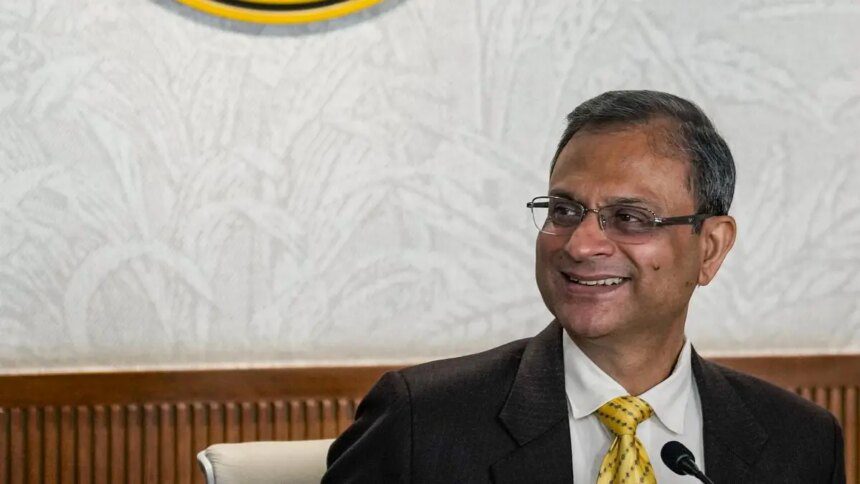The Reserve Bank of India (RBI) has proposed measures to enhance banks’ credit flow to the stock market and corporates by increasing existing limits and relaxing regulations. Following industry feedback, the RBI is expected to finalize its regulations shortly.
The proposed credit policy will create a framework allowing banks to finance acquisitions by Indian corporates. Notably, the RBI has eliminated the ceiling on lending against listed debt securities and raised the limits for bank loans against shares from ₹20 lakh to ₹1 crore. Additionally, the cap for financing initial public offerings (IPOs) has been increased from ₹10 lakh to ₹25 lakh per individual.
The RBI also plans to withdraw the framework established in 2016 that discouraged banks from lending to certain borrowers with credit limits exceeding ₹10,000 crore. Sanjay Malhotra, Governor of the RBI, explained that while the Large Exposure Framework has been effective in managing concentration risk at the individual bank level, systemic concentration risk will be addressed through specific macro-prudential tools as necessary.
In a bid to relieve infrastructure financing costs for non-banking financial companies (NBFCs), the RBI suggested lowering the risk weights for loans to operational, high-quality infrastructure projects.
Moreover, the RBI is considering issuing new licenses for Urban Co-operative Banks (UCBs) for the first time in 20 years, having paused such licensing since 2004. This decision follows positive developments in the sector and growing stakeholder demand.
Mahendra Kumar Jajoo, Chief Investment Officer at Mirae Asset Investment Managers (India), noted that the policy review contains significant measures beyond mere rate adjustments, such as revisions to the expected credit loss (ECL) framework and capital market exposure limits for banks. He remarked that these changes could impact the ease of doing business within the financial services sector and deepen both lending and capital market activities.
In terms of immediate effects, Jajoo indicated that money market rates are likely to decrease further, while long-term rates are expected to remain stable.
Published on October 1, 2025.










